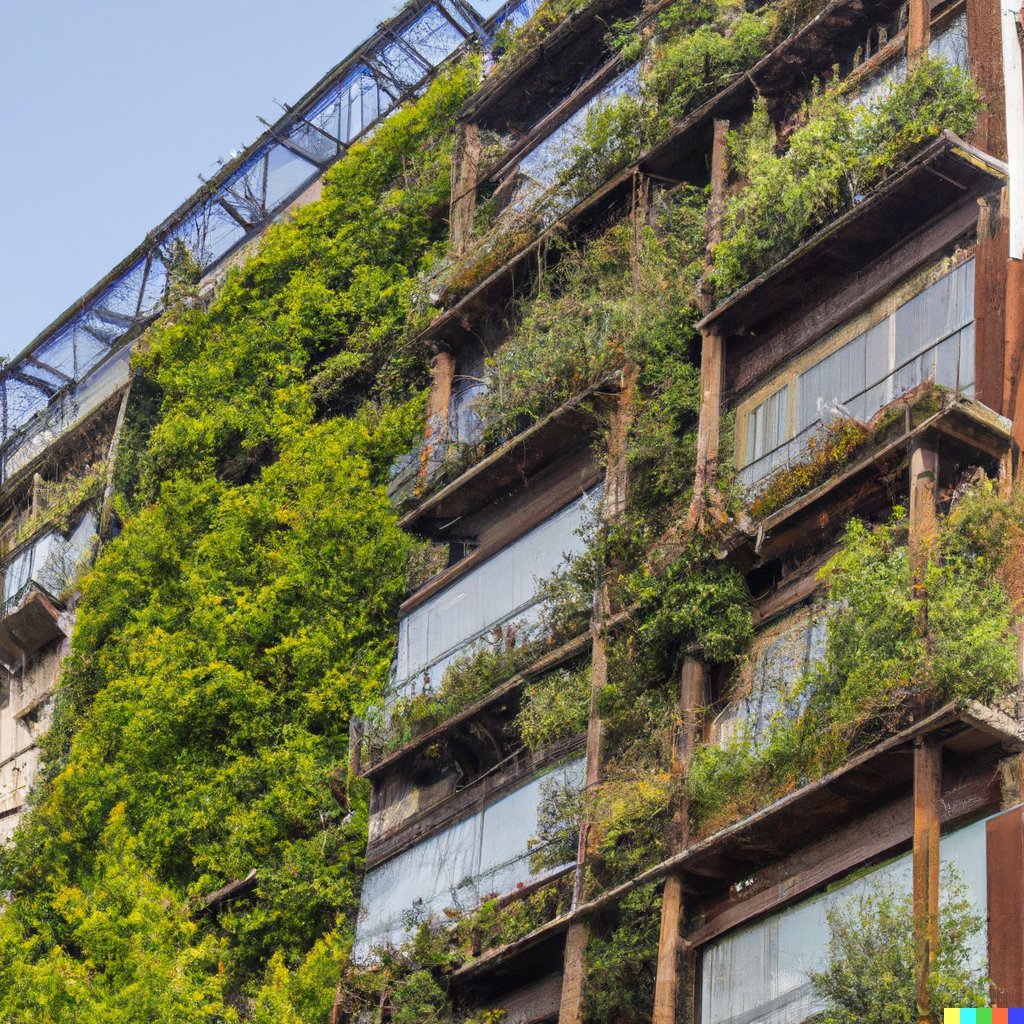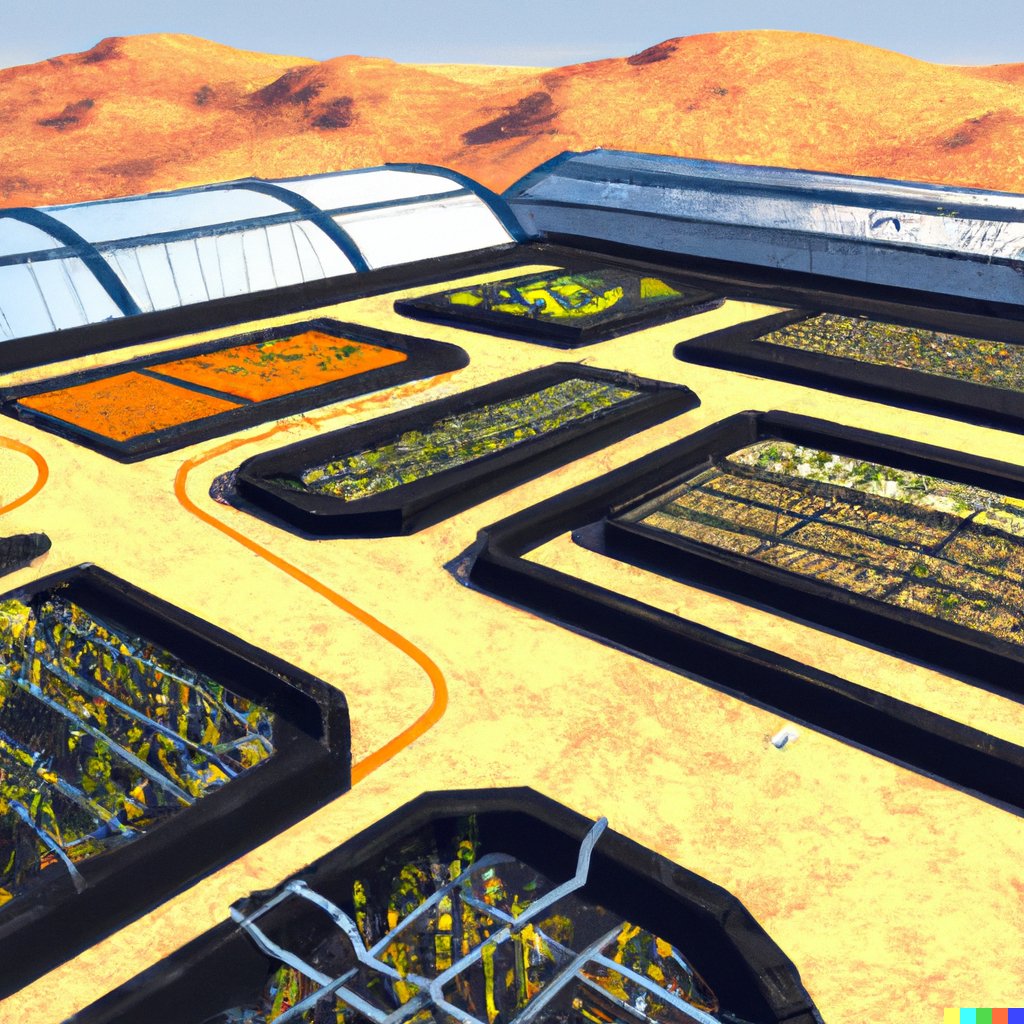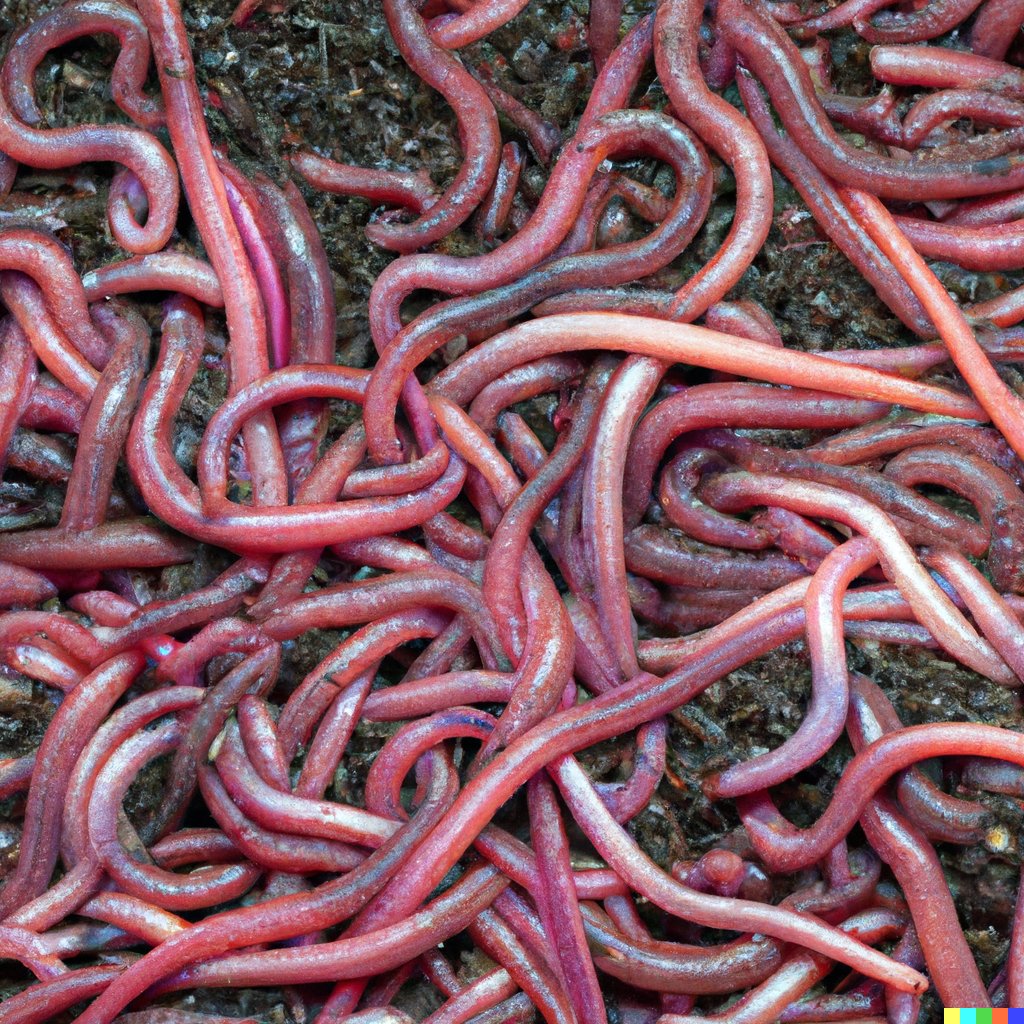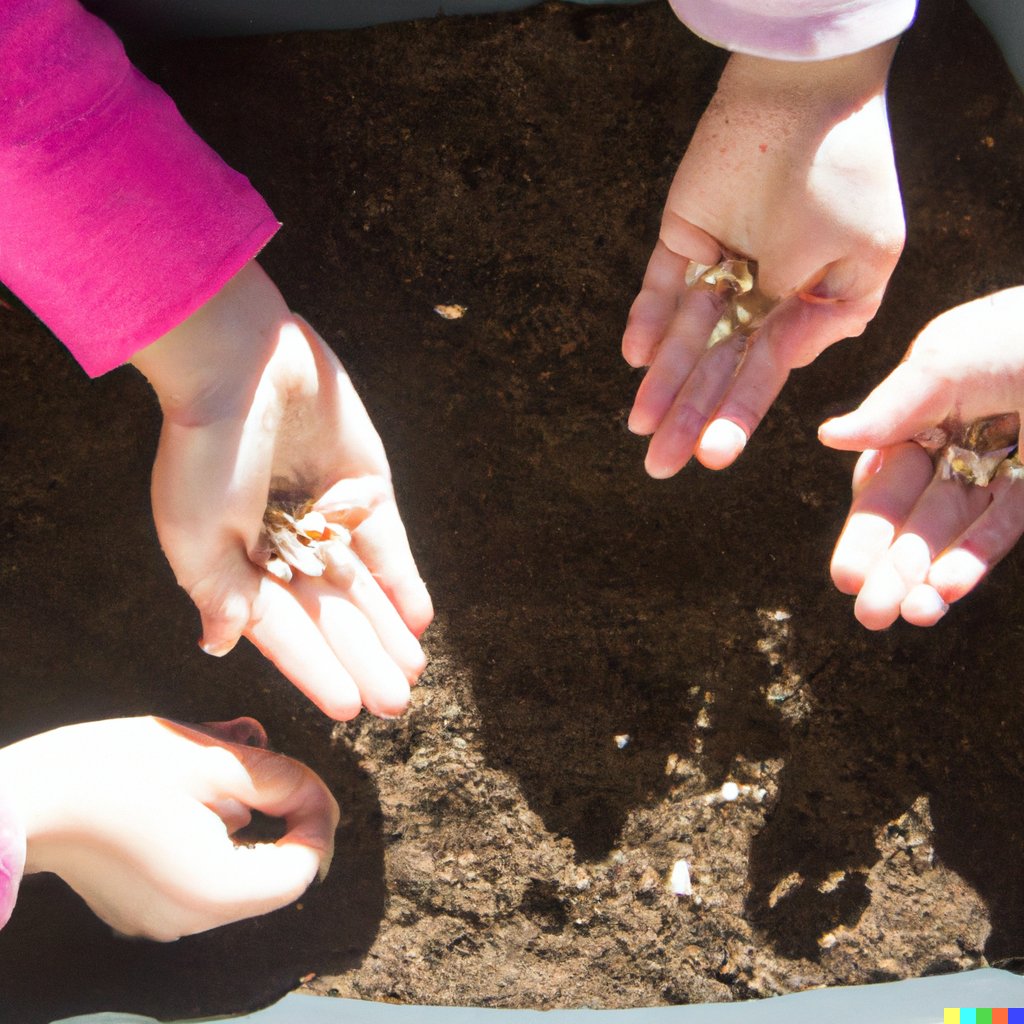
Welcome to the world of Urban Farming - where you can grow fresh produce right in your own backyard. With limited space in urban areas, growing crops and plants may seem like a daunting task. But, fear not! In this article, we'll share some tips and tricks on how you can maximize your yield in small spaces, making urban farming accessible and sustainable for you. So, are you ready to transform your tiny space into a thriving farm?
Vertical Gardening
Table:
|
Element |
Detail |
|
Suitable For |
Balconies, small yards |
|
Crop Range |
Herbs, vine crops |
|
Vertical Structures |
Walls, trellises, hanging containers |
|
Sunlight Optimization |
Arranging plants for max sun exposure |
|
Watering Efficiency |
Drip irrigation systems |
|
Aesthetic Appeal |
Enhancing urban beauty with green walls |
Vertical gardening offers many benefits. It gives you more space and optimizes sunlight. Plus, it's eco-friendly too! Recycled materials can be used for planters. Drip irrigation systems conserve resources. Green walls reduce heat island effects in cities.
A study in Urban Forestry & Urban Greening by Bischoff et al. showed that green walls created through vertical gardening can lower air temperatures and improve air quality.
So, in the concrete jungle, even your plants need to get creative.
Container Gardening
Container gardening is great for limited spaces, like patios and rooftops. Different plants can be grown in different sizes and shapes of containers. When it comes to container gardening, it's essential to consider drainage, soil management, pest control, and winter gardening methods. For maximum yield, urban gardeners should use vertical gardening techniques, such as hanging baskets or stacked containers, and companion planting. With proper care, container gardens can flourish!
Companion Planting
Experience the benefits of companion planting in urban farming! Strategically pair plants with complementary characteristics to enhance growth, maximize space utilization and promote biodiversity.
- Tomatoes + Basil = Natural pest deterrents.
- Carrots + Onions = Soil nutrition and pest control.
- Beans + Corn = Nitrogen fixation and vertical support.
- Cabbage + Dill = Pest repellent properties.
- Lettuce + Radishes = Soil conditioning and pest control.
Urban farming can be made even more efficient with rotational planting. This helps prevent soil depletion and disease/pest build-up in crops.
Cultivate a sustainable, eco-friendly farming system in the city - who needs a spacious backyard when you can grow a jungle in a shoebox? Get creative and maximize your crops' potential!
Intensive Planting
To maximize yield in small spaces, intensive planting techniques can be employed. These include:
- Close plant spacing to fit more crops in the same area.
- Continuous harvest with varying maturity dates for a constant supply.
- Rotating crops to prevent nutrient depletion and pest buildup.
- Improving soil health through composting and mulching.
- Efficient water management with irrigation systems.
Also, shade-tolerant plants can be used in areas with limited sunlight. Plus, staggered or succession planting for continuous growth. Pruning is also great for enhancing light penetration and air circulation among densely planted crops.
Finally, regular monitoring and adjustment of plant spacing can ensure optimal results. All these will help you maximize yield in limited spaces, optimizing resource use and promoting healthy plant growth.
Microgreens and Sprouts
Microgreens and Sprouts have one big thing in common—they grow quickly. Microgreens take 7-14 days, while sprouts are ready in just 3-7 days. So if you're looking for fast results, these are the crops for you!
Maximize your yields by following these tips:
- Pick the right seeds. Look for varieties that do well in small spaces.
- Get enough light. Use grow lights or situate your containers near a sunny window.
- Water right. Keep an eye on soil moisture.
- Ensure good ventilation. This will help prevent mold and disease.
- Harvest at the right time. Each type has its own peak of flavor and nutrition.
With these tips, you can have a sushi bar in your living room! Hydroponics and aquaponics make it easy to enjoy the benefits of microgreens and sprouts indoors.
Hydroponics and Aquaponics
Pro Tip: Maximize yields and conserve resources like water, by using Hydroponics or Aquaponics in limited spaces.
Make your plants' life last longer! Urban farming with rent control? Who said it was impossible?
Season Extension Techniques
Season Extension Techniques are a must for urban farmers to maximize their yield in small spaces. Utilize methods such as cold frames, row covers, greenhouses, mulching, and cloches to shield plants from cold, frost, and pests. Create controlled environments for extended growing periods! Here's a guide:
|
Technique |
Description |
|
Cold Frames |
Simple structures with a transparent lid to trap heat and protect from cold. |
|
Row Covers |
Use lightweight fabrics to cover crops and shield them from frost. |
|
Greenhouses |
Enclosed structures made of glass or other materials for year-round cultivation. |
|
Mulching |
Apply organic materials like straw or leaves on the soil surface to insulate it. |
|
Cloches |
Place individual protective covers over sensitive plants. |
In addition, use walls or fences to create warm microclimates. Plant early and late varieties of crops to stagger harvests and ensure a consistent supply. Since the 17th century, cloches have revolutionized crop cultivation by allowing farmers to produce high-quality vegetables even during adverse weather conditions. So, choose your crops wisely - in the urban jungle, there's no room for divas who can't handle the concrete catwalk!
Crop Selection
Crop Selection:
Careful thought is needed when selecting suitable crops for urban farming. Consider climate, size, sunlight, harvest time, and edible landscaping. To get the most out of limited space, pick plants that fit local conditions and dwarf or compact varieties. Also, select crops based on available light and choose crops of different maturation times. This helps ensure an ongoing supply of fresh produce. Experimentation with new varieties is key for optimal results in urban farming.
Pro Tip: Perennial herbs in urban gardens enable long-term cultivation and give a consistent source of fresh flavors in a small space. Why bother with a green thumb when you can collect rainwater from a leaky roof for your plants?
Rainwater Harvesting
Rainwater Capture Techniques - A Must for Urban Farming!
Rainwater collection is essential for maximizing yield in urban farming. Installing barrels and containers to collect rainwater can create sustainable irrigation systems. This minimizes reliance on municipal water supplies.
Check out the key aspects of rainwater harvesting below:
- Water collection: Installing barrels and containers to capture rainwater.
- Water quality: Ensuring cleanliness of collected water.
- Legal regulations: Adhering to local laws on rainwater harvesting.
- Overflow management: Preventing overflow and waterlogging.
- Roof-gutter: Integrating gutter systems to direct water into collection units.
- Water conservation: Educating on the importance of saving water in urban environments.
Educating urban farmers about legal regulations is also crucial. It can help them prevent any violations or penalties.
To ensure effective rainwater management, farmers should consider overflow prevention methods. Properly designed gutter systems integrated with collection units can help control overflow and avoid waterlogging that may damage crops.
Sustainable practices in combination with rainwater capture can make a significant impact on crop productivity while conserving valuable resources. Start utilizing these techniques today to optimize your urban farming efforts and don't miss out on the benefits!
Community Gardening
The Community Gardening table showcases educational workshops and learning sessions to transfer knowledge and help gardeners hone their skills. It also beautifies urban areas.
|
Workshop |
Date |
Time |
Location |
|
Veg. Basics |
10/12/20 |
10am-12pm |
Comm. Center |
|
Composting |
11/01/20 |
2pm-4pm |
Local Park |
|
Herb Gardens |
12/07/20 |
3pm-5pm |
Rooftop Garden |
|
Flower Arrang. |
01/10/21 |
1pm-3pm |
Botanical Gardens |
To maximize community gardening, follow these strategies:
- Regularly communicate for efficient coordination.
- Assign tasks based on expertise.
- Rotate maintenance duties to avoid burnout.
- Utilize online platforms or social media for info sharing.
These strategies foster communication, leverage strengths, spread the load, and sustain commitment. Community gardening can reach its potential, getting the most out of limited urban spaces, and fostering collaboration and connection in the area. Up your veggie game with urban farming!
Urban farming
Harnessing innovative agrarian methods for cityscapes, this article unveils secrets and techniques to maximize crop production within restricted areas. By implementing these urban farming strategies, people and communities can surmount the limits of space and resources, resulting in greater food security and greener cityscapes. These practices not only enhance yields, but also foster a sense of unity and sustainable living in urban locales.
|
Farming in Urban Spaces |
|
Maximizing Crop Yield |
|
Overcoming Space Constraints |
|
Enhancing Food Security |
|
Promoting Sustainable Living |
Furthermore, urban farming offers an exclusive chance for folks to get in touch with nature in a metropolitan setting. By including rooftop gardens, vertical farming systems, and community plots into their environment, urbanites can relish the advantages of fresh produce while creating meaningful social bonds.
Take advantage of the opportunity to transform your cityscape into a lush paradise! Investigate these revolutionary strategies and make the most of your restricted space for plentiful harvests and a thriving community.
What is urban farming?
Urban farming is the practice of growing food and other agricultural products in urban areas, such as cities or towns. This type of farming often involves using creative and unconventional methods to maximize yield in limited spaces.
What are some common urban farming tricks for maximizing yield in limited spaces?
Some common urban farming tricks include vertical gardening, companion planting, and using containers or raised beds. These techniques allow for growing a greater variety and quantity of plants in smaller spaces.
How can vertical gardening help maximize yield in limited spaces?
Vertical gardening involves growing plants on walls, fences, and other vertical structures to save space and maximize growing area. This allows for more plants to be grown in a smaller space, increasing overall yield.
What is companion planting and how does it aid in urban farming?
Companion planting is the practice of planting different crops together to benefit each other. In urban farming, this can help maximize yield by using limited space more efficiently and promoting healthy growth of plants.
Can limited space still produce a significant yield in urban farming?
Yes, with strategic planning and the use of urban farming tricks, even a small space can produce a significant yield. The key is to utilize the available space effectively and make the most of it through techniques such as vertical gardening and companion planting.
Are there any other benefits to urban farming besides maximizing yield in limited spaces?
Yes, urban farming also promotes sustainability and self-sufficiency, reduces food transportation costs and carbon emissions, and provides access to fresh and healthy produce in urban areas. It also brings communities together and creates a sense of connection to the environment and food sources.














